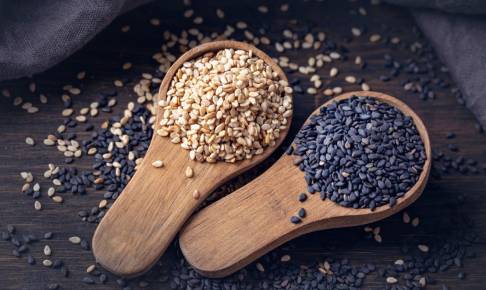Your PAL, my PAL
Let’s take a short walk through history. Back in 1985, the Codex Alimentarius published its ground-breaking labelling standard (FAO/WHO 1985) for the labelling of pre-packaged foods. It was meant to be a better, more harmonized way to inform consumers about the composition of their food. It lists the ingredients, the net content and drained weight, the production lot number, and a manufacturer name and address. What it did not list were the food allergens contained in a food product. Those were added in 1999, following a special initiative that had begun several years earlier. A group of allergy experts had been assembled by FAO and was tasked with identifying global priority food allergens. However, by the late 1990s, no large-scale, well-controlled clinical trials had yet been conducted, so the risk assessment was based on limited data, and experts relied on their judgment where the data were insufficient.
The experts identified the “big 8” priority allergens, which included:
• cereals containing gluten (i.e., wheat, rye, barley, oats, and spelt, or their hybridized strains and products of these;
• crustacea and crustacean products;
• eggs and egg products;
• fish and fish products;
• peanuts, soybeans, and peanut and soybean products;
• milk and milk products (lactose included);
• tree nuts and nut products; and
• sulphite in concentrations of 10 mg/kg or more.
Those familiar with food allergens will likely say that not all items on the list are food allergens. And that is correct. It’s a mix. Sulphite and lactose, for example, are not considered food allergens. They trigger intolerances, not allergies. Further, some groups are heterogeneous when it comes to the severity of allergies they trigger and the quantity of the allergen needed to elicit an allergic response. This caused significant concern within the food industry. Are there sufficient data to consider (and consequently label) shea nut as a food allergen? Does coconut need to be labelled? Is it a nut at all?
After 22 years, the Codex Committee [...] tasked FAO and WHO with reviewing the list of priority food allergens, assessing threshold doses...After 22 years, the Codex Committee on Food Labelling (CCFL) and Codex Committee on Food Hygiene (CCFH) tasked FAO and WHO with reviewing the list of priority food allergens, assessing threshold doses, and discussing precautionary allergen labelling (PAL) in view of their findings. Beginning in 2020, FAO and WHO invited a group of scientists, regulators, physicians, clinicians, and risk managers from academia, government, and the food industry to three rounds of consultations.
The task in the first round of consultations was to review and validate the Codex Alimentarius priority allergens through risk assessment. The second-round task was to review and establish priority allergen threshold levels in food. The third and final task was to review and recommend conditions for precautionary food allergen labelling.
In the first consultation, we looked exclusively at food allergens and ignored substances that trigger intolerances, like lactose and sulphite. After two intense weeks, we concluded that the list of priority food allergens should co
Download content now





















